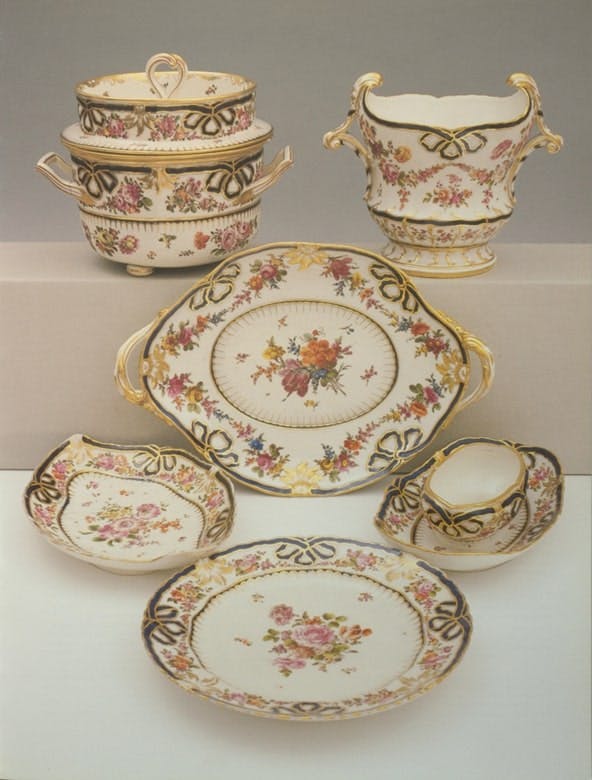Table and dessert service of Grand Duke Leopold II
Vienna Porcelain Manufactory
The uniqueness of the collection housed in the Porcelain Museum lies in its origin, and its selection of pieces. Indeed, it contains many pieces of tableware and tea and coffee sets that tell the story of taste through the Courts. A story that has intersected the history of the Palace of Palazzo Pitti, home to the Medici, the House of Habsburg-Lorraine, Elisa Baciocchi and the Savoys, over the centuries. Each one left traces of their presence there, including porcelain, which had been used to identify the social status of its owner since it was introduced to Europe by the British East India Company.
In the 18th and 19th centuries, tableware therefore became a medium through which the master of the house could show off his wealth to his guests, or, as in this case, a means of displaying a Court’s magnificence.
This service hosts both tableware and dessert dishes. It was commissioned by the Grand Duke Leopold II to the Court manufactory of his mother, Maria Theresa of Austria. In fact, hints of the empress’s taste can be glimpsed in the choice of the decoration, which features garlands of flowers interspersed with dark blue ribbons trimmed in gold. The service hosts pieces made by the Ginori Manufactory which had been appointed by the Grand Duke in 1785 to create “replacements”, for example, of broken plates. It is highly likely that, Ginori was again commissioned by the Grand Duke in the same year to produce a faithful replica of the entire service for his sister, Maria Amalia, wife of Ferdinand, Duke of Parma and Piacenza.
The pieces shown here were part of the dessert service, which included trays for cakes, dragées or marzipan, baskets for fresh or candied fruit, bottle coolers, identified as the tall, vase-shaped, lidless pieces, and ice pails. Instead, the latter are cylindrical, featuring feet, double handles, and a lid with a raised edge. They were used as ice buckets to keep the sorbet cold once served on the table. Ice was placed inside the bucket, followed by a tray with the ice-cream, which was then closed with a lid, containing more ice.
